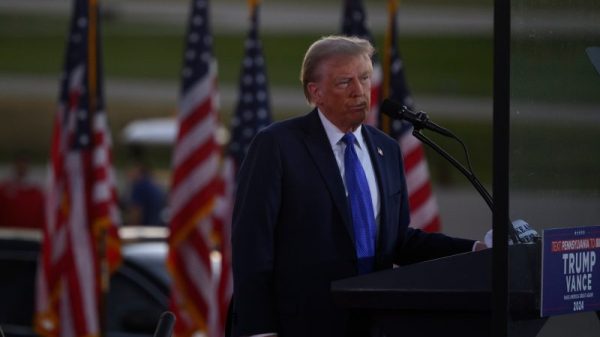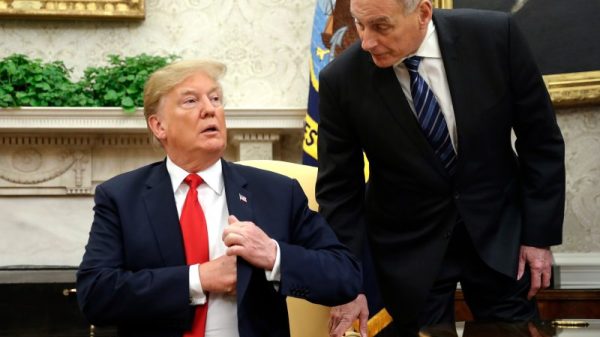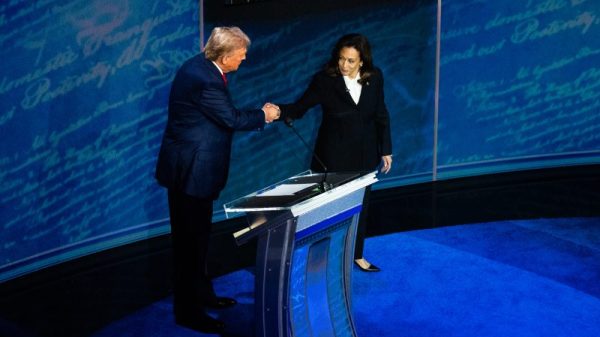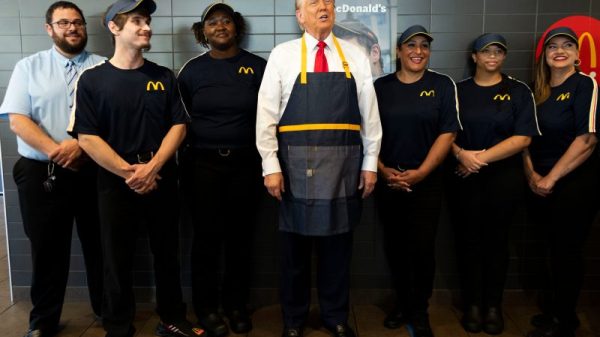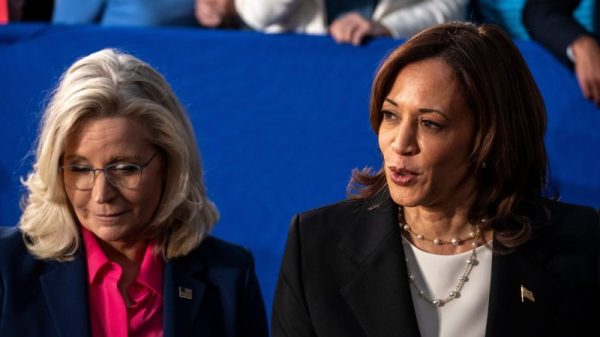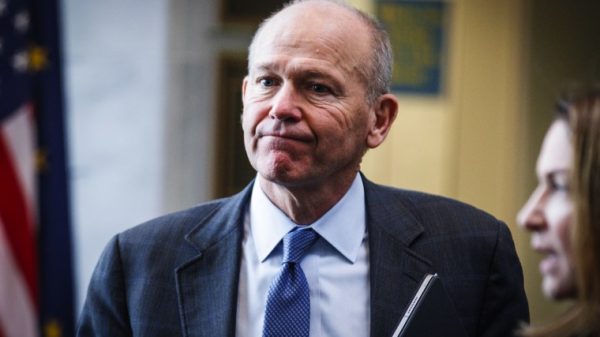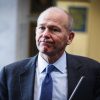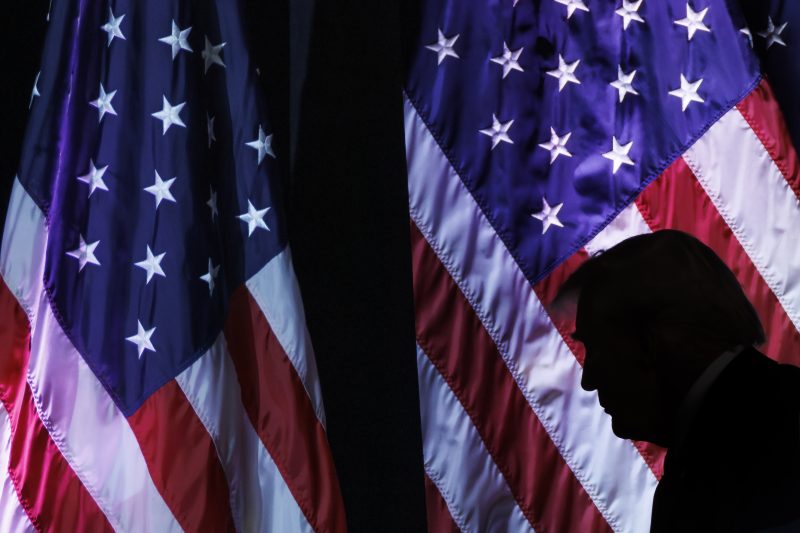 Auto manufacturing has been cited as an example of clean-energy jobs shifting to China, but this is largely due to factors unrelated to green energy policies. For instance, China has the world’s largest automobile market and a rapidly growing middle class, which makes it an attractive location for auto manufacturing.
Auto manufacturing has been cited as an example of clean-energy jobs shifting to China, but this is largely due to factors unrelated to green energy policies. For instance, China has the world’s largest automobile market and a rapidly growing middle class, which makes it an attractive location for auto manufacturing.
Regarding the production of batteries for electric vehicles, China currently dominates the global market. This is partly because it has been aggressively investing in this technology for over a decade. However, there are efforts in other countries, including the US, to boost their domestic battery manufacturing capacity. Any claim that environmental policies are exclusively responsible for the shift of these jobs to China is an oversimplification of the complex economic factors at play.
Moreover, the transition to green energy can also create a significant number of jobs locally. According to a 2020 report by Environmental Entrepreneurs, the clean energy industry in the US employed nearly 3.3 million people at the end of 2019, slightly more than the number of people employed by fossil fuel industries. This indicates the potential for green energy to be a major job creator.
It’s also important to note that free trade and globalization, which include both the offshoring and insourcing of jobs, are not unique to the green economy and are pervasive across many sectors. While JD Vance’s claim might be rooted in certain realities, it paints an incomplete and distorted picture of the situation. It’s not a “green energy scam,” but part of a complex, global economic dynamic


















